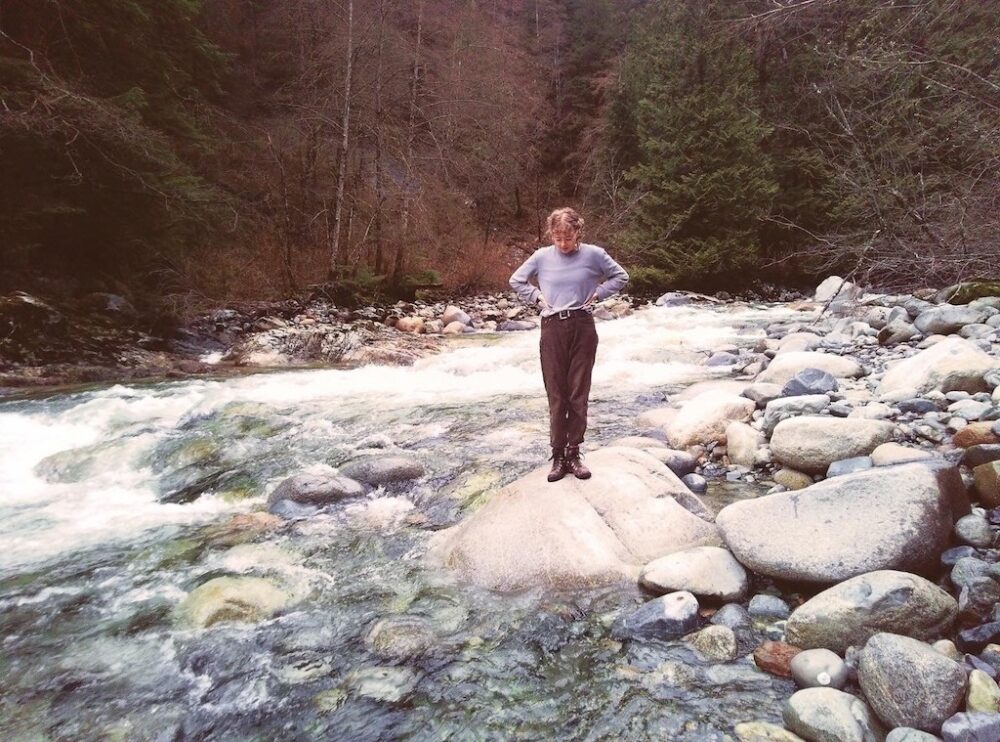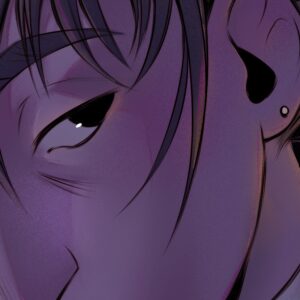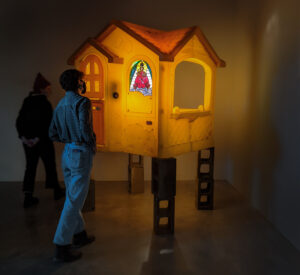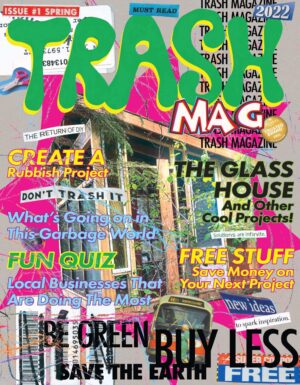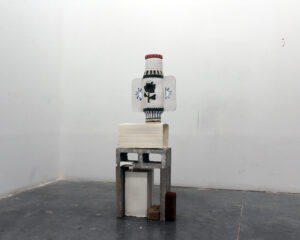The rocks took a nap, and our whole lives flashed by
Mika Abele
See it On Campus: Level 2
Visitor Infocontemplating geological time / bodily connection to place / observing riverbeds


Riverware
reduction fired ceramic, 2021



Exploring sensory experience and connection with place, Riverware investigates our bodily connection to the natural world. These wheel-thrown and altered cups and bowls aim to capture illusive sensory information, such as touch and sensation, into objects.
Taken in their wet-clay stage to a local river, each cup or bowl was uniquely formed by a part of this riverbed, my and my friends’ hands, and the movement of water, which has shaped these riverbeds over time. Understanding the material and contextual qualities of clay, the speeding and slowing of geological processes, and the bodily connections we hold with tableware objects, these cups are an archive of experience, place and sensation.



Gallery Installation



Outdoor Installation
The rocks took a nap, and our whole lives flashed by
ceramic, found clays, chalk






The rocks took a nap, and our whole lives flashed by, is a contemplation of seeing our bodies in conjunction with the vastness of geological time.
These sculptures contemplate ways to free personal and queer subjectivities from the constraints of colonial roots and capital commodification. They are a gentle reminder to step back, rest, and see our bodies – which are so often scrutinized by the structures we live within – as a part of larger natural systems.
Using imagination and speculation, these works reference the genre of magical realism. The absurd addition of magical elements in our day to day lives presents a unique critical lens wherein all things peculiar are possible, allowing us to imagine change in more broad and abstract ways. As we grow into an increasingly pragmatic and individualist world, magical realism presents an active site for unlearning, critical thinking, and challenging our current belief systems through absurdity and imagination.
Using raw clay, fired ceramic material, harvested wild clays, and chalk, these sculptures were made using thin coils, built up in a spiral into a hollow form, and meticulously smoothed, like river rocks are smoothed over time by water.

